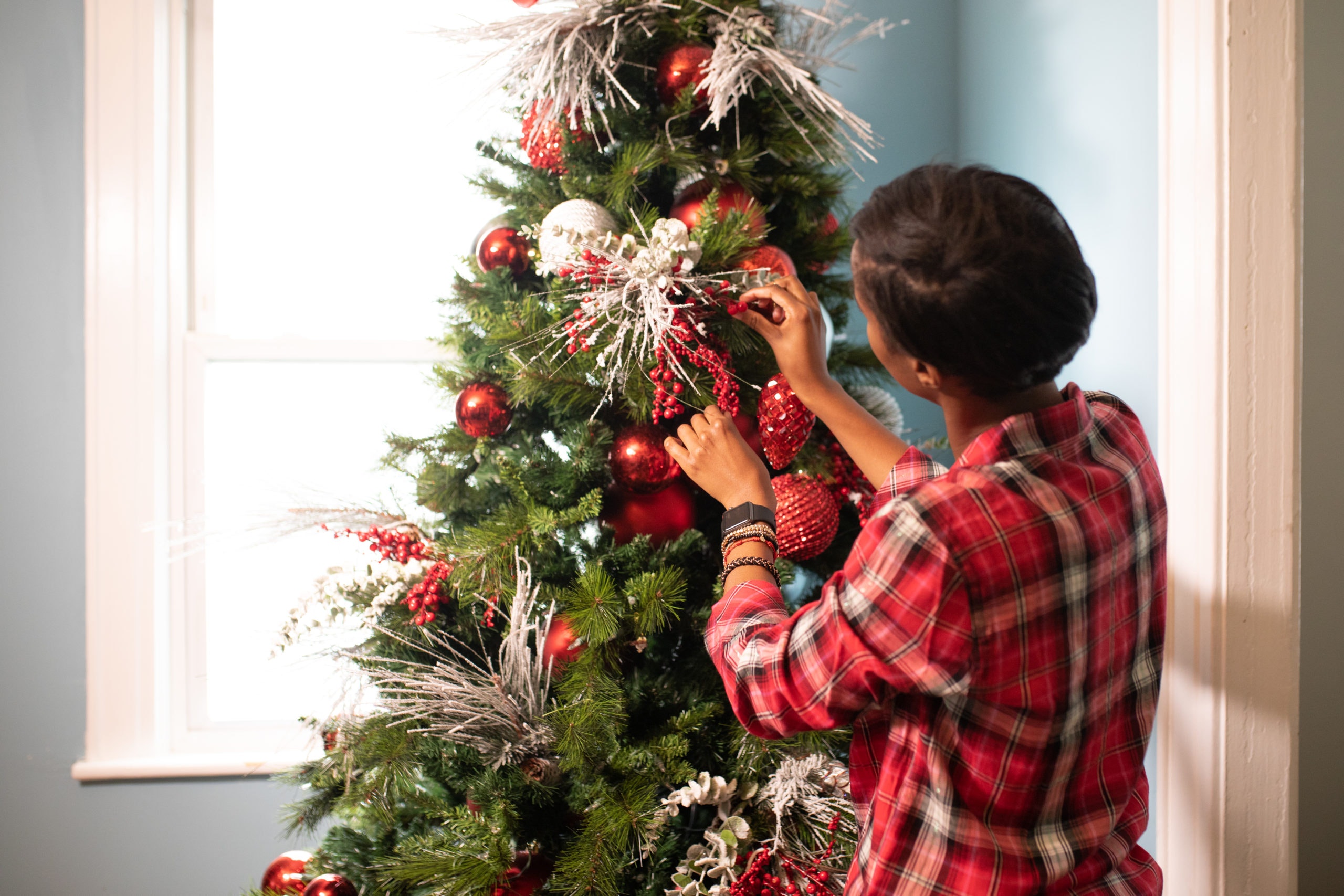Want to enjoy some Christmas cheer but don’t want to do it at the expense of the environment? Here are some ways to select, decorate, and reuse a Christmas tree to ensure an eco-conscious and wildlife-friendly holiday.
Buy a Real Tree from Local Farmers
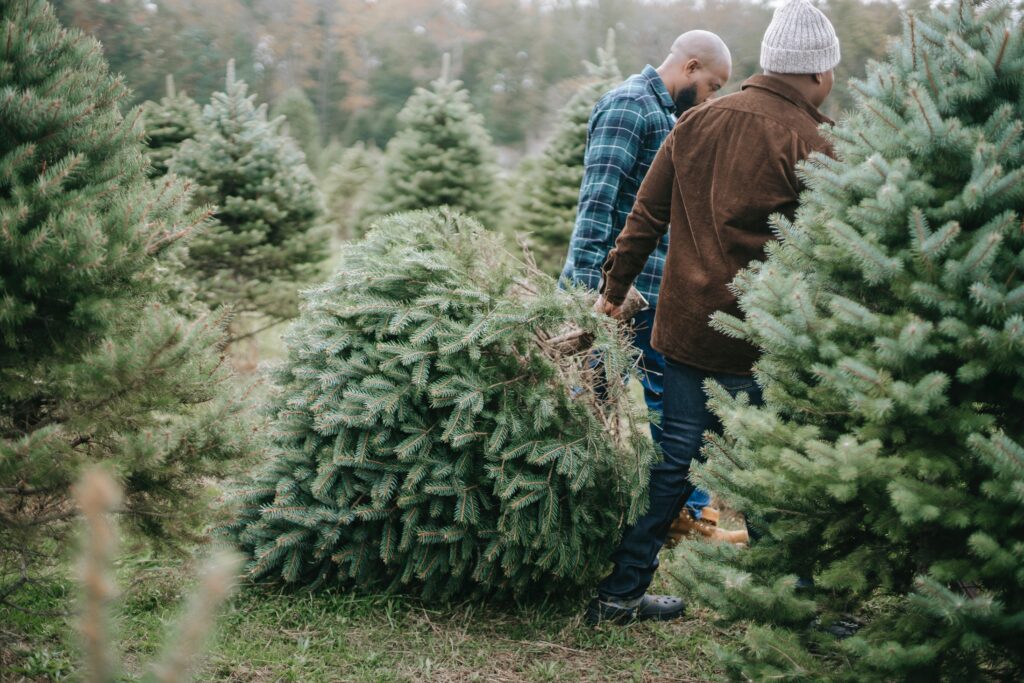
Did you know that, in the US alone, 10 million artificial trees are bought every holiday season? With the vast majority of them shipped from overseas, that’s a ton of carbon emissions and plastic in our landfills.
“But wait a minute,” you might counter. “Isn’t getting an artificial tree better than cutting down a real tree?” And the answer might surprise you. Unlike forest trees that are cut down for lumber, Christmas trees are typically grown on farms for that purpose. As the tree grows, it produces oxygen and absorbs carbon dioxide, contributing to a very important ecological process we all benefit from. And once a tree is cut down, the farmer plants a new one in its place, continuing this precious cycle.
Just like our produce and other groceries, buying local is also key when shopping for an ethically sourced Christmas tree. Not only does it support local farmers, the funds get filtered back into the community, and the trees don’t waste precious resources being shipped from far away.
A live, potted Christmas tree is even better than cut. You can enjoy it long after the holiday season—and then plant it in the ground the following spring. If you decide to go this route, you’ll need to keep the tree outside for most of the season to keep it healthy. Experts recommend only bringing it inside for a few days during the holidays (say, from Christmas Eve to the day after Christmas) so it doesn’t interrupt the tree’s dormancy period and cause it stress or kill it.
Decorate Live, Outdoor Trees with Natural “Ornaments”
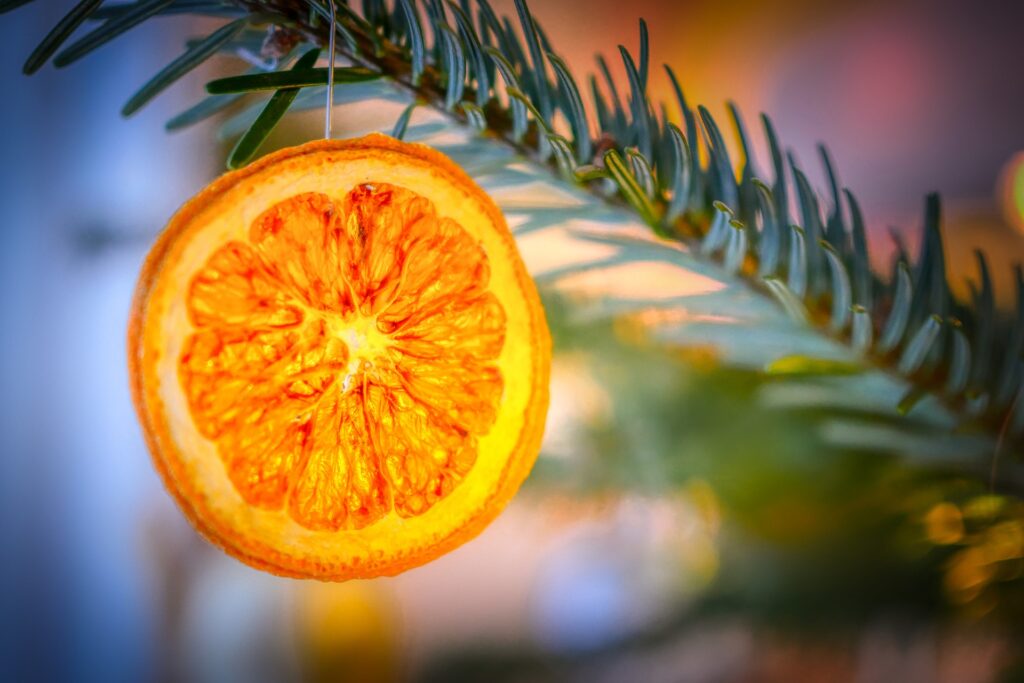
Dress up the trees in your garden, yard, or outdoor space with some wildlife-friendly treats. Called “treat trees,” they are a great way to express your holiday spirit and feed local wildlife at the same time. Here are some suggestions:
- Cut thin slices of apples or oranges, dry them, and hang them on string or ribbon around your tree.
- Hang bird seed ornaments or suet balls on your tree.
- Make garlands by threading grapes, popcorn, raw peanuts, and other bird treats on a string.
- Roll pinecones in peanut butter and bird seed and use a string to hang them on the tree.
- DON’T use tinsel or fishing line, as birds and wildlife can ingest or get caught in them.
Recycle Your Tree after the Holidays

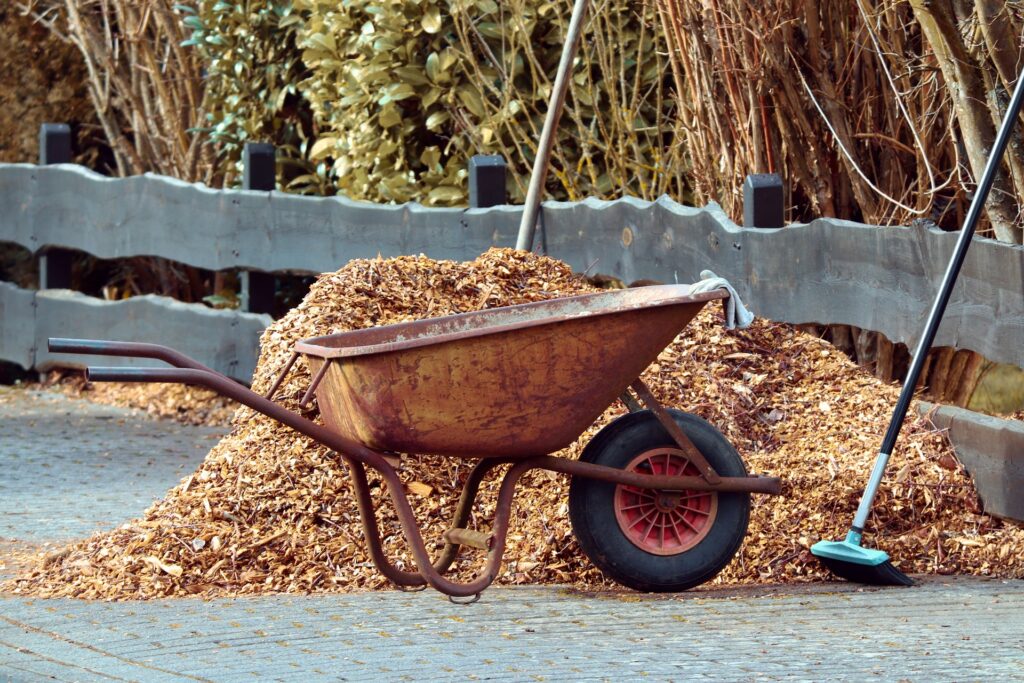
Come January, when you’re ready to get rid of your Christmas tree, there are better options than putting out for trash pickup or taking it to your local dump. Why not repurpose your tree in your own backyard? Here are some suggestions:
- Chop it up and use it as firewood, or for small home projects like homemade bird houses and garden trellises.
- Dry some boughs and make a beautiful dried wreath or garland (or both!) for next year.
- Turn it into mulch chips and use it to enrich your garden soil.
- Make a brush pile with the tree branches, twigs, and leaves. Put it in your backyard as a place of shelter and protection for birds and small animals.
- Cut it up into small chunks and put it in your compost pile. These green materials will help your compost break down faster and help prevent odor.
Give Birds Some Love This Winter
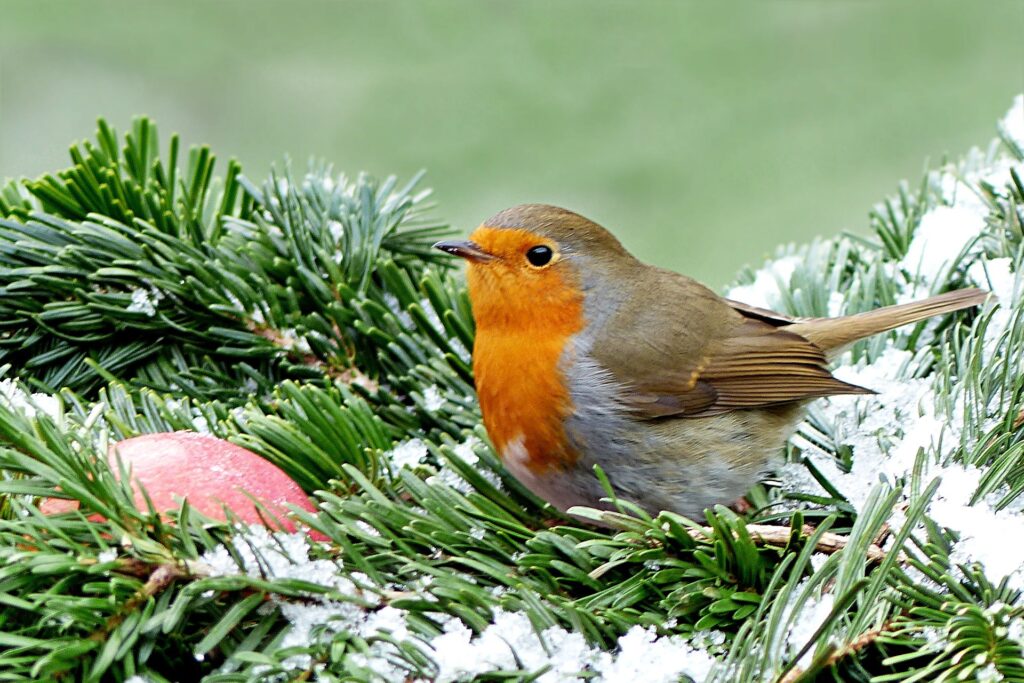
Send some tidings of comfort and joy to your local wild birds this winter. Between the colder weather and lack of natural food sources, birds could use some help during the holiday season. Here are some important ways to support the birds this November and December:
Fill those feeders. While it’s a good idea to make backyard bird feeding a year-round habit, winter is the time when birds need the extra boost of energy. Hang one or more bird feeders full of high-energy bird food, like quality seed mixes and suet, in your outdoor area.
Keep feeders clean, accessible, and pest free. Check on the feeders in your yard every day or two—make sure they’re free of snow and ice. You might also consider investing in a bird feeder that has a roof to protect it from the elements, or a squirrel-proof feeder to ensure that squirrels don’t get to those tasty morsels meant for birds.
Get a heated birdbath. Birds need drinking and bathing water in winter just as they do in warmer months. A heated birdbath will keep the water temperature just tepid enough for birds to use without the water freezing or heating up too much.
This Holiday Season, Get Cozy with Chirp
Looking forward to staying in with your fuzzy slippers and watching holiday movies? We’ve got some great, family-friendly videos for you to binge! Check out Chirp’s YouTube channel and follow along with us on virtual bird walks, learn how to make bird feeders from items found in your kitchen, or check out our gift giving guide for the birders in your life.

